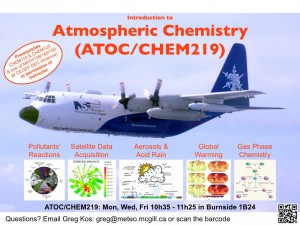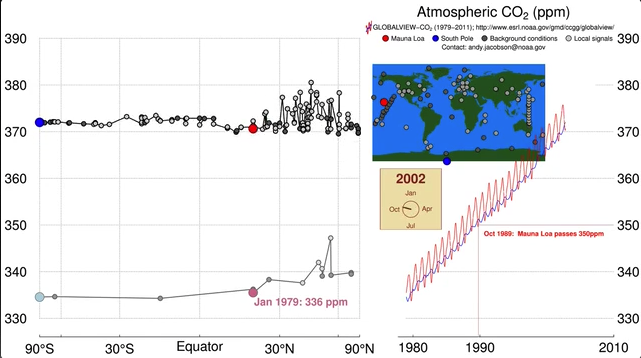Things have been busy in the last few months… and here is why.
Research-wise, I have continued the urban air quality data project, where I statistically analyse 10+ years of hourly pollution data from major Canadian Cities, mostly using Matlab. The modelling component of the project aims at understanding the underlying atmospheric reactions, especially the involvement of halogens. I employ the CAABA/MECCA box model for this task.
I am also finishing up my chemometric modelling work for the MYCOSPEC project. I presented results at the Mycotoxin Summer Talks in Tulln, Austria last summer and at the 5th MoniQA International Conference “Food and Health – Risks and Benefits” in Porto, Portugal last fall.
On the teaching side, I have been teaching Analytical Chemistry (lecture and lab) in the fall and currently Chromatography and the Atmosphere and Ocean lab are on my teaching schedule. Courses are going well and I really enjoy the interaction with students!

